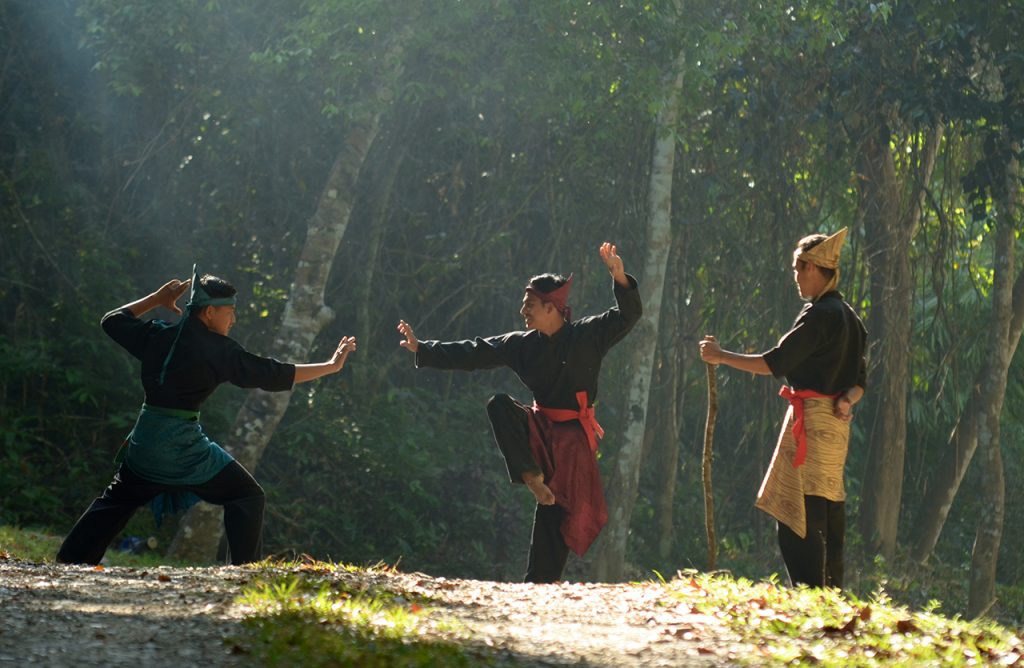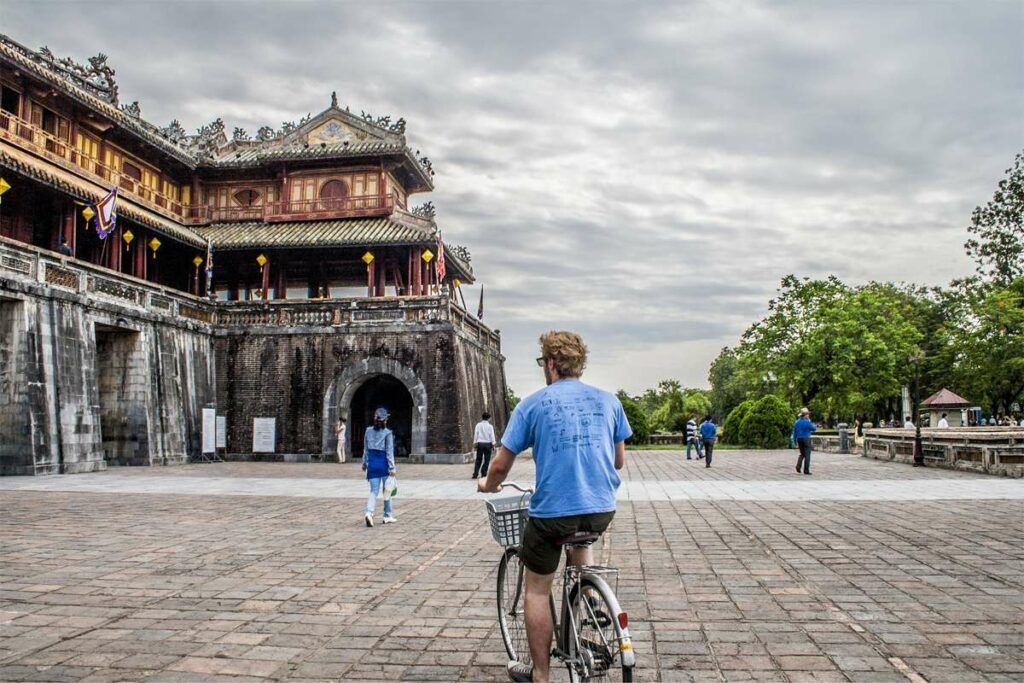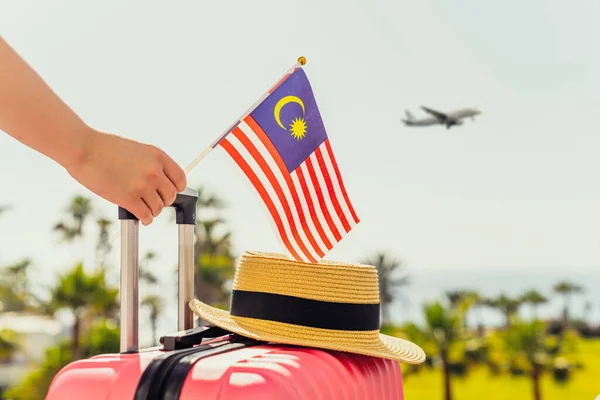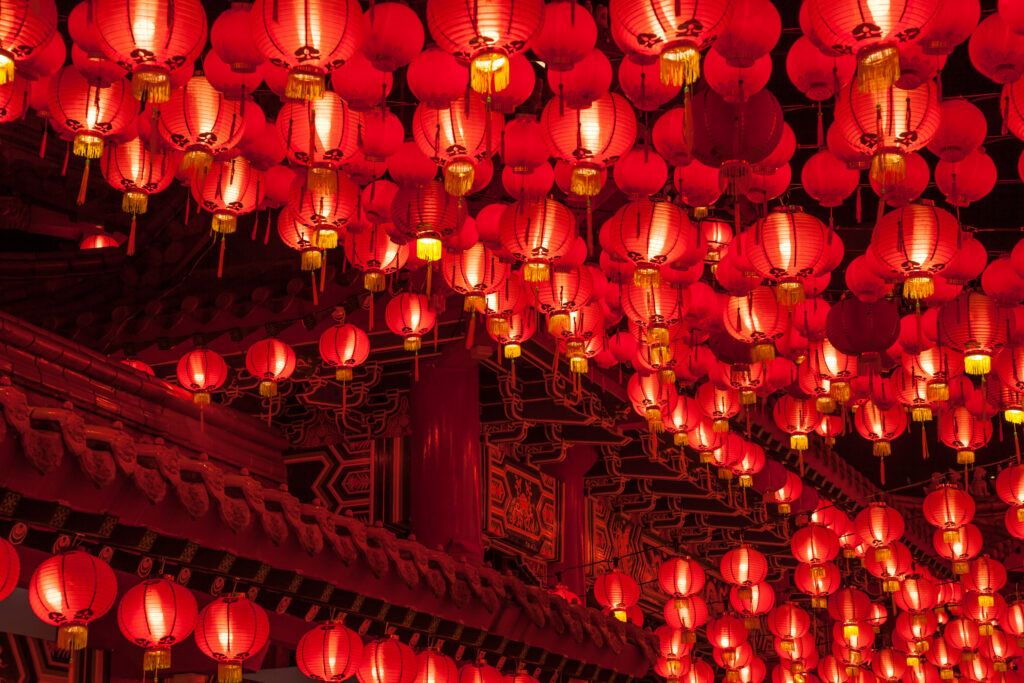
The traditional Malaysian martial art known as silat has been officially recognised as an object of Intangible Cultural Heritage by the United Nations Educational, Scientific and Cultural Organisation (UNESCO). Silat’s new international status was officially confirmed in Bogota, Colombia in December, during the 14th annual session of the Intergovernmental Committee for the Safeguarding of Intangible Cultural Heritage.
“[The award] is a world-class recognition for silat to be enlisted by UNESCO, as it is one of the country’s most enduring cultural heritage treasures,” said Mohamaddin Ketapi, who is Malaysia’s Tourism, Arts and Culture Minister. “The recognition will also reflect Malaysia’s commitment to protect the world’s heritage,” he added.
The UNESCO website describes silat as a “combative art of self-defence and survival rooted in the Malay Archipelago.” During the event in Colombia, neighbouring Indonesia’s pencak silat martial arts were also recognised in the list, described as a “long-standing tradition that encompasses numerous aspects: mental and spiritual, self-defence and aesthetics.” Pencak Silat practitioners are taught to maintain their relationship with God, human beings and nature, and trained in various techniques to defend themselves and others.
The Malay archipelago, which combines modern-day Malaysia and Indonesia, is responsible for a growing number of intangible traditions and notable treasures. Their traditional martial arts, which combine age-old customs, rituals, music and textiles, can now take their place in UNESCO’s cultural gallery alongside Wayang, Batik, Angklung, Saman Dance, Noken, three genres of Balinese dances, and Pinisi ships, all of which have previously been inscribed on UNESCO’s Representative List of Intangible Cultural Heritage of Humanity. Silat can be traced back to the earliest days of the Langkasuka Kingdom, and has since evolved into a complex physical discipline combining physical and spiritual training. The fighting style and its attendant philosophy are synonymous with a particular style of traditional Malay attire, musical instruments and customs.








